There are countless parasites, insects, and rodents that can plague homeowners but termites may be the most destructive. Termites are deceptively small yet very powerful creatures that can eat continuously. If left unchecked, these small insects can inflict severe damage and can destroy a whole house within a few years. Termite treatment, therefore, becomes imperative and undeniable.
Termites feed on cellulose and dead plant material, including wood. They are considered the most invasive and destructive of all insects since they reproduce speedily. A termite queen can lay an egg every 3 seconds and more than 10 million times each year.
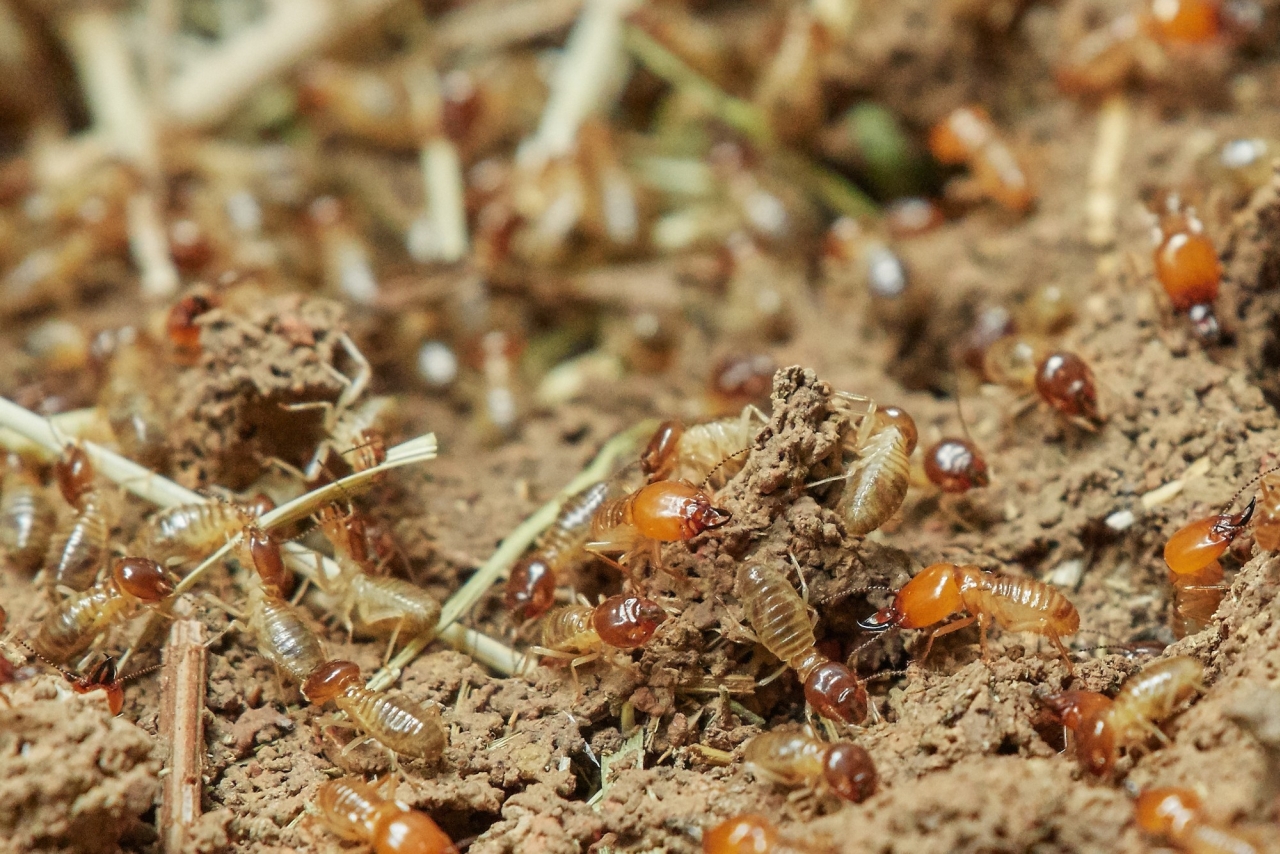
Termites eat the wood-bearing designs of your home and hide in walls, especially drywall and wooden construction. And worst of all, if you don’t find them and spray for termites, they will do irreparable damage to your house before you even realize their presence. Therefore, it is crucial to watch out for signs of termite infestation. You must find and eradicate them early before they cause too much destruction. Here is a detailed guide on how to check for termite infestation,
How to Check for Termite Infestation?
It is very important to be able to notice when you might have a termite infestation in your house. Unfortunately, the little devious organisms can be hard to detect as they eat up the inside of the wood, leaving no visible trace on its surface. Moreover, if these insects will settle in your abode, they will also chew through paper materials such as books.
However, termites don’t like light. So, you must check the dark corners of your house for signs of termite infestation. Pay attention to your wooden furniture and construction. Look for holes in them or piles of sawdust around your furniture, as it might indicate termite activity. Since damage might not be visible on the outside, you can tap the wood to check if it sounds hollowed out.
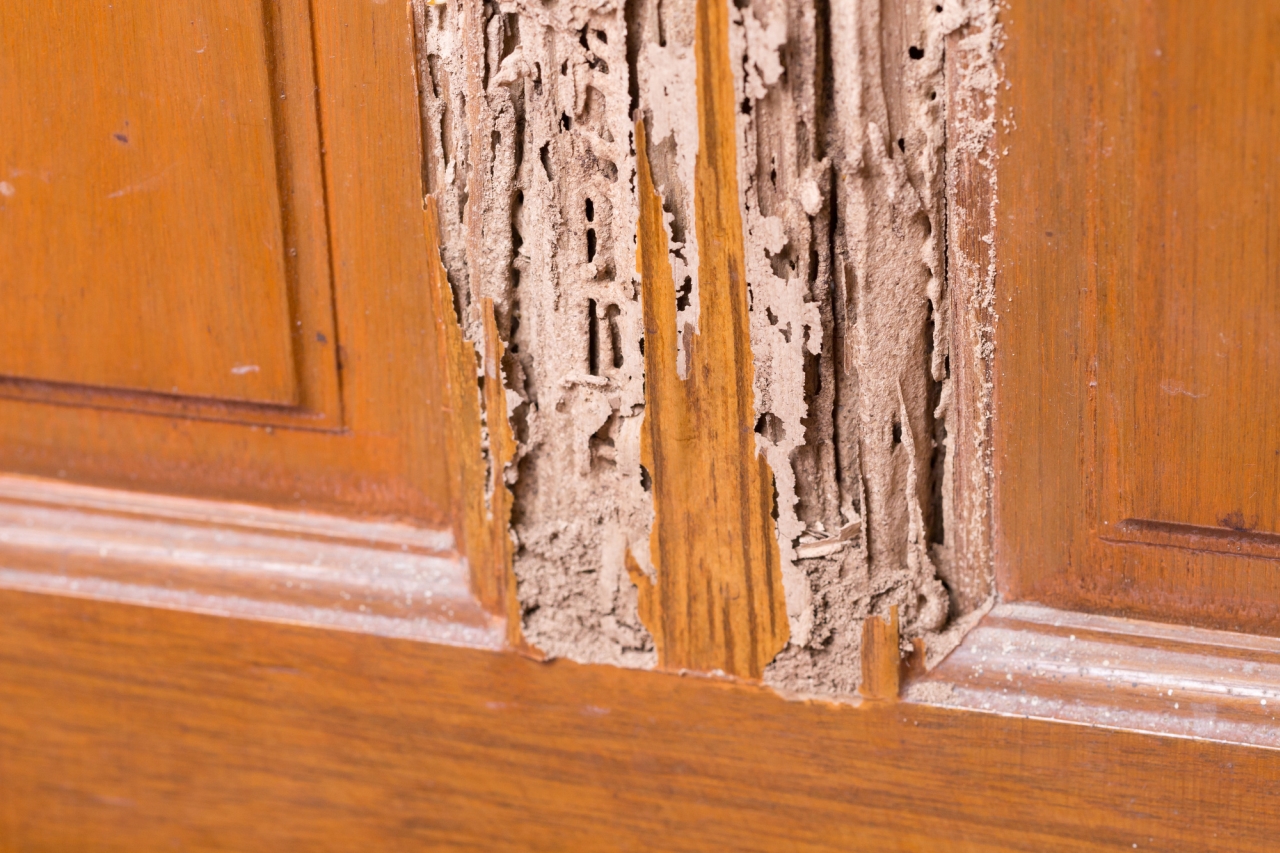
Termites are loosely called ‘white ants’ and are confused with actual ants. However, there are many distinguishing features between termites and ants. There are different types of termites, largely based on the climate and conditions they are found in. But one aspect that is common to all types is that these silent destroyers have an unbelievable ability to eat through furniture, flooring, and more.
Subterranean termites need moisture while they travel back and forth between their colony and their food source, so they build mud tubes. You’ll find them most often near your home’s foundation, but can also be found in basements or crawl spaces.
How Often to Inspect for Termites?
You should get a termite inspection every year. If you live in a hot and humid climate, it is necessary to conduct these inspections every six months. People often wait for 2 to 5 years, but that is more than enough time for termites to settle in and cause a lot of severe structural damage.
Termite inspections should generally be done once per year by a termite expert. Doing regular termite inspections might prove essential in protecting your home. Especially, if you are thinking of purchasing a new house, you should have it checked for termites beforehand.
Once termite control is performed, you should be free of them for 6-13 months. However, you should stick to the yearly routine inspection to make sure everything is alright.
Signs of Termite Infestation
There are many indicators of a possible termite infestation. It is quite easy to look for the early damage signs termites can typically inflict. Here are some tell-tale signs.
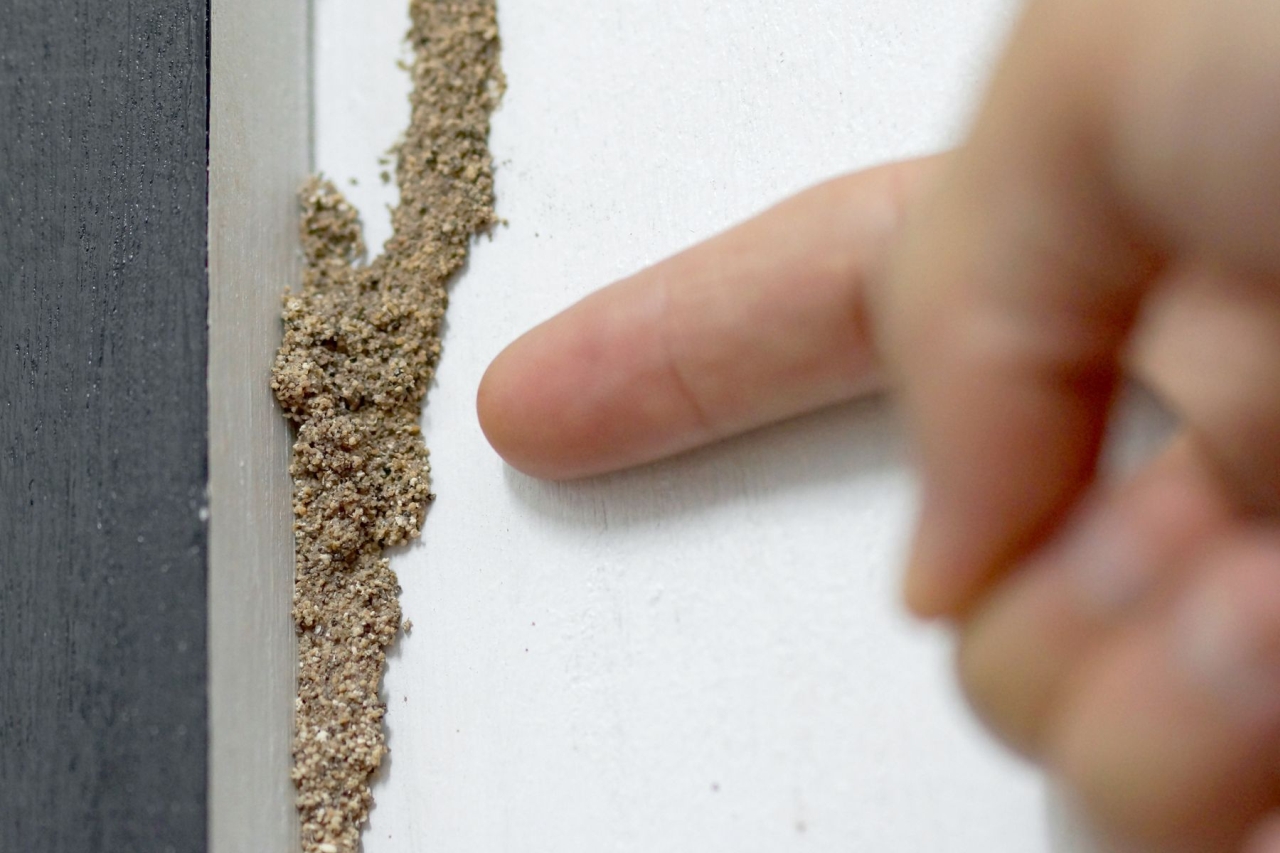
- The first sign of termite infestation is the presence of swarmers (flying termites) or discarded wings. Each of these insects can potentially be the new queen of a new colony. If you ever see any sign of a swarm, you should get your home checked by pest control.
- Tubes of mud, dirt, or debris are one of the most recognizable signs of a termite infestation. These mud tubes usually spread out from the ground along walls. Check out for these mud formations on both the exterior and interior walls.
- Termites will eat wood structures from the inside out. They will completely consume the wood just below the surface. You can look for small external holes and wood dust that are a common result of termite infestation.
- There are many species and sub-species of termites that have different appearances and living preferences. While some live in wood, some termite species prefer living underground in the soil and creating noticeable mounds. You can check your property for such mounds.
Also Read: How to Detect Termite Infestation in 7 Easy Ways
How to Treat Termite Infested Wood?
Every year termites cost billions of dollars in damage as they eat away at the cellulose of wood. Wood is still a major building component that is used in everything from the front door to the deck in the backyard. As it is the most susceptible material, it becomes necessary that you use the best termite treatment to protect your furniture and building materials made from wood.
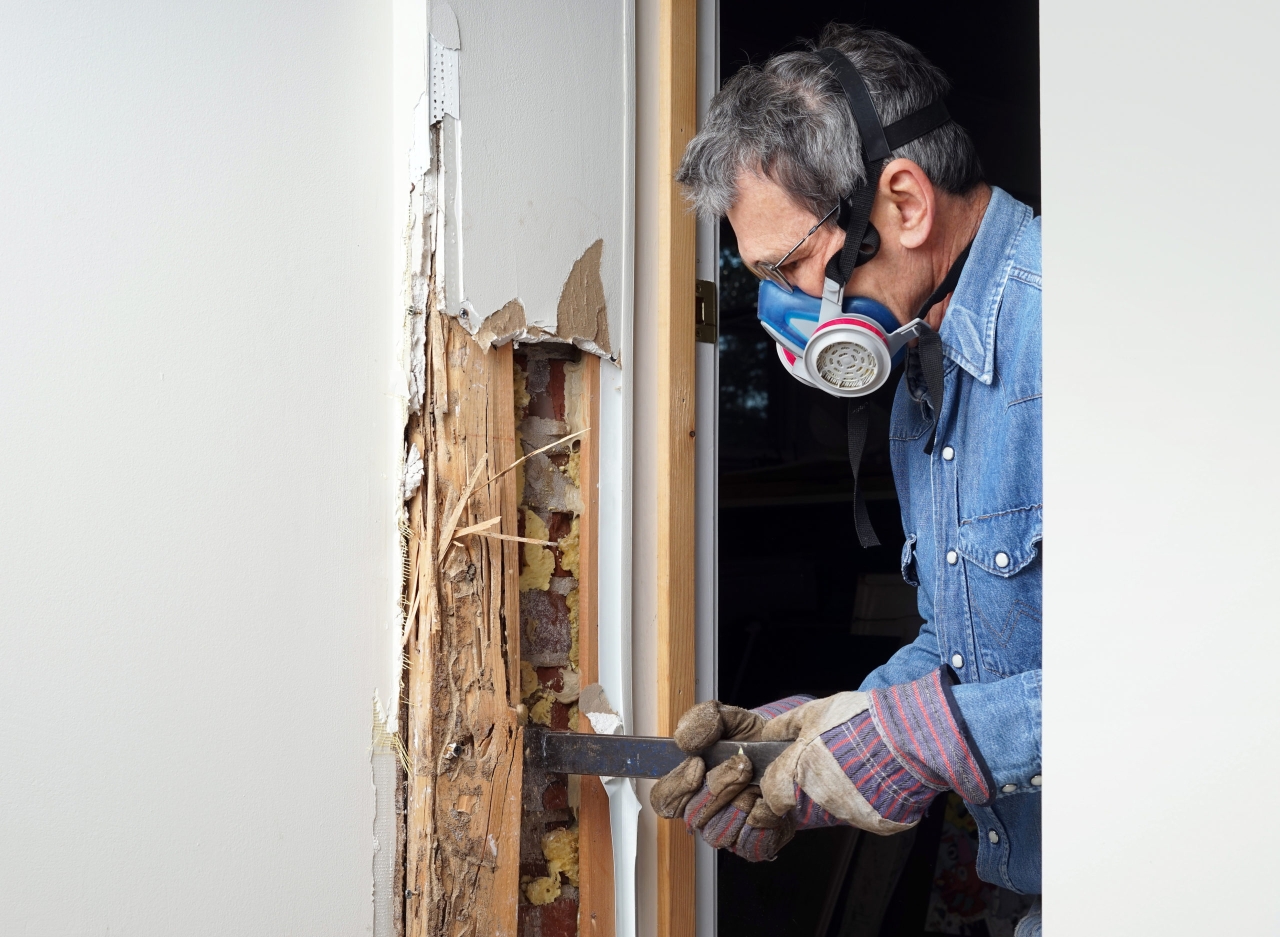
One of the simplest things to do is to maintain a distance between soil and wood. This can help you discourage any termite attacks on the foundation of your home and furniture. You can use borate – one of the most popular termite repellents – on wood before priming or painting. Moreover, placing infected items in the sun can also help as termites are unable to stand the heat.
How to Prepare the House for Termite Treatment?
Before you get a termite treatment for your home, you should prepare it in certain ways. As termite treatment fumes can seep through cracks and crevices and are unsafe for inhabitants, you must protect yourself, your family, pets, food, and other items in your home from the aftereffects of the treatment.
The first step is to make sure that your home is empty for the process, so you will have to make accommodation arrangements elsewhere. The process can take up to three days, depending on the size of the infestation.
Before the treatment starts, make sure to remove food, medicine, and hygiene products from your home, even if these items and unopened to protect them from being contaminated. Moreover, you will have to store away your clothes, bedding, and curtains along with any indoor and outdoor plants.
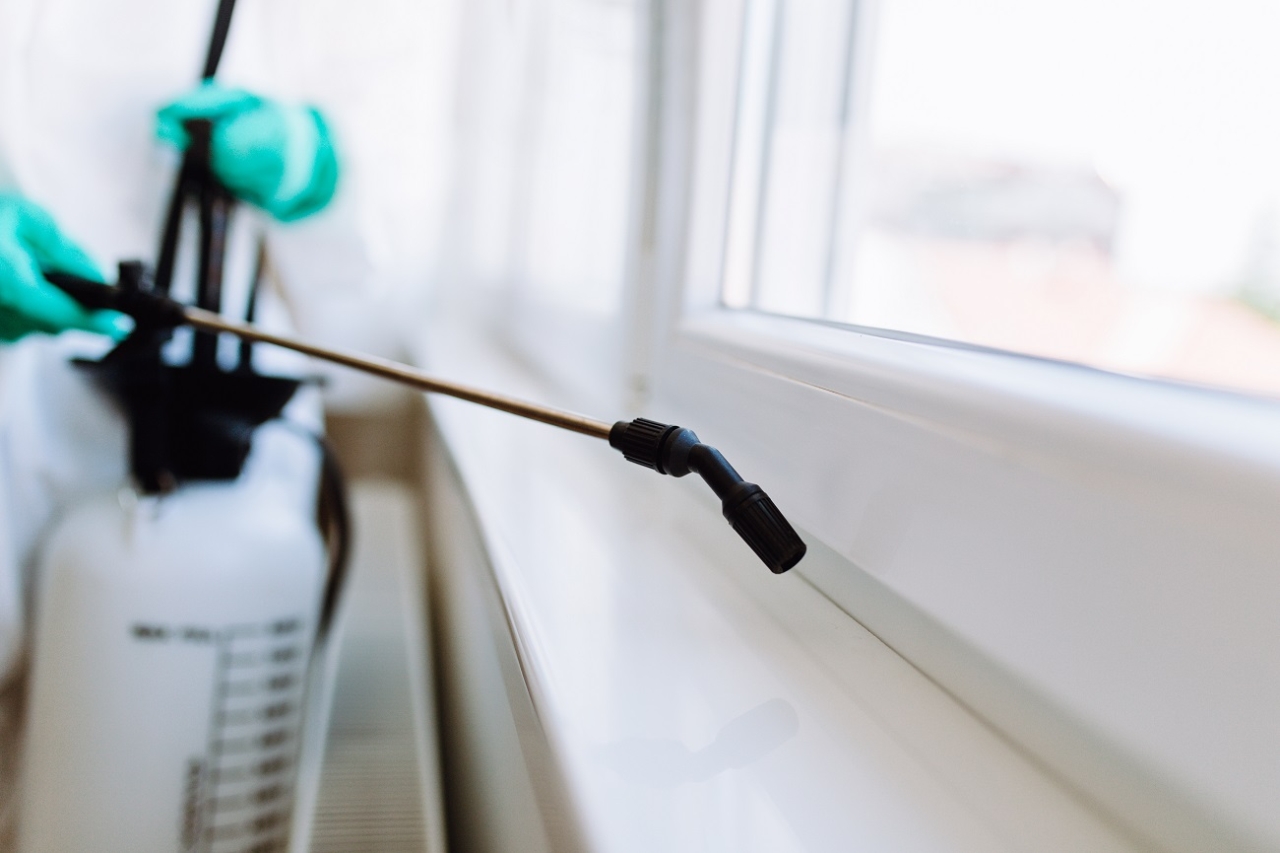
If you don’t want to remove your things, you can double pack all of the above-listed items in Nylofume bags, which are ideal to protect them against termite treatment gas. Although not a necessity, removing these items or bagging them is a safety assurance. Another thing you need to do to prepare your home for termite treatment is to turn off and unplug all electrical appliances and turn off the gas supply to avoid any accidents.
Although both natural and chemical termite treatments are harmful to the pests, you must ensure that your belongings stay untouched by these processes to eliminate any chances of mild headaches. Nonetheless, these treatments are mostly harmless to humans, so you should be fine.
How Quickly to Get Rid of Termites?
Depending on the source of contamination, different methods might be required. If you have no prior experience with termites, it would be wise to hire experts to do it for you. This will guarantee positive results and could save your house and furniture. There are a handful of available methods, using natural and chemical remedies that can get you rid of termites.
The termite baiting and monitoring system is a great alternative and is cost-effective as compared to using chemicals. Through this method, the bait is deployed under the ground where the termites cannot detect it. This system is very effective for termite detection and works like a termite burglar alarm.
One common method involves using termite baits to kill the colonies. Use damp cardboard as bait, and put boric acid on it, which is a poison for termites. Place cardboard baits close to possible termite nests, and renew them regularly as you notice the termites eating them.
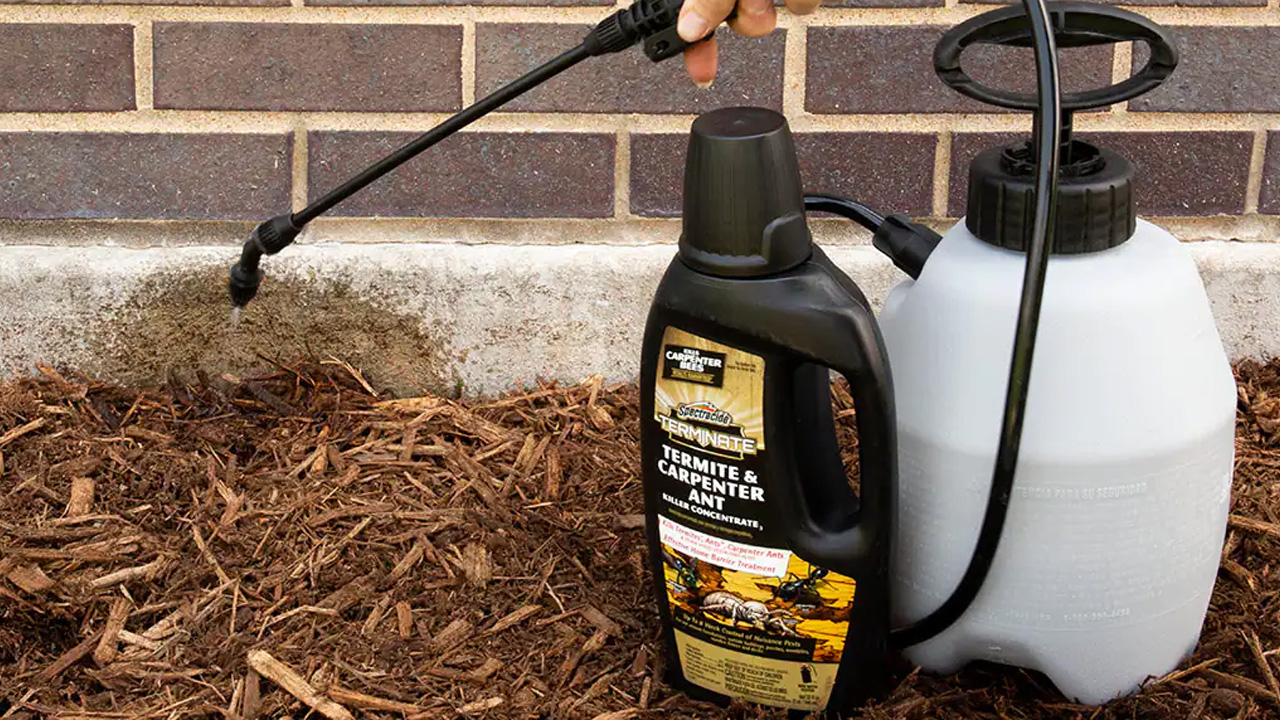
Termite baits are strategically placed around your yard to lure termites in. Once there, the termites are covered with a slow-acting insecticide or insect growth regulator. They then return to the colony and poison the other termites.
You can also spray various chemical treatments to get rid of termites. Foam agents can be injected into areas liquid pesticides can’t reach. Dust agents can be applied in areas where foam or liquid aren’t practical. Fumigation kills all of the termites in an area but won’t prevent their return. Don’t disturb soil once it has been treated with termite-preventing chemicals.
Also Read: How to Keep Your Home Pest Free (Tips & Suggestions)
While you might want to avoid incurring a cost, termites are just too big of a pest to take chances with. As a layman, you risk missing out on crucial details if you try to spray for termites yourself. It’s very important that you have a professional inspect your home or make sure that you’re giving your home regular inspections and paying attention to any signs that termites may be present.
Cost of Termite Treatment
If your home has a termite infestation, you might want to get rid of them as soon as possible. Do not wait too long to seek professional help as it allows them to grow to an extreme size and eat through the foundation of the structure.
Before you call in a professional, you need to know that there are many factors to consider when calculating the cost of termite treatment. The size of the infestation, termite type, size of the infected area, and the treatment type required will impact the expense of the job.
Termite treatment can cost you somewhere between $250 and $870. If you are looking for a low-end job to get rid of termite infestation, it can cost you about $150, while the price for a high-end extermination project is an average of $1,400.
The Best Options to Treat Termite Infestation
There are numerous types of termite treatments to help you get rid of different kinds of termite infestations in your home and property. However, you must know which treatment will be the most effective for your exact situation. To tackle the termite problem safely and effectively, you must understand your options. Here are the most common types of termite treatments.
Natural/Homemade Termite Killers
Most of us think about getting a chemical treatment for our homes as soon as we detect a termite infestation. However, there are numerous natural and homemade ways to kill termites. These methods are effective and non-toxic, which makes them an ideal option to prevent termite infestation and get rid of them. Here are five natural methods of termite treatment:
- Exposure to Sunlight: Termites are creatures of dark and humid environs, such as inside of wood. By exposing the infected wooden structure to harsh sunlight for a couple of days, you can easily get rid of termites. You can use ultraviolet light on walls and fixtures of your home for termite treatment.
- Termite Baiting Stations: One of the most effective natural/homemade termite treatments, termite baiting stations are easy to implement and cost-effective. There are many available options but using wet cardboard in the infected areas is one simple method. Let the termites infest this cardboard, take it out, and burn it, permanently destroying the termites inside.
- Borate Salt: Made from boric acid, borate salt is toxic to termites. When these insects come in contact with borate salt, the particles stick to their bodies, damaging the exoskeleton. Its abrasive effects damage the digestive and nervous systems of termites if they ingest it. Just sprinkle this natural termite killer in affected places.
- Orange Oil: Orange oil is a deadly toxin for termites and other pests. This extract is insoluble in water and is used as both a herbicide and an insecticide. It will help get rid of dry wood termites. Drill holes into the infested wood and inject orange oil through them. Once it infiltrates infested wood, many termites are deterred from eating the wood and starve to death.
- Neem Oil: Neem or Indian lilac is known for its pesticidal and insecticidal properties and has been used for ages as a natural pesticide. You can use neem oil in termite-infested areas to get rid of every last termite. The oil works as a poison to termites and will keep them at bay.
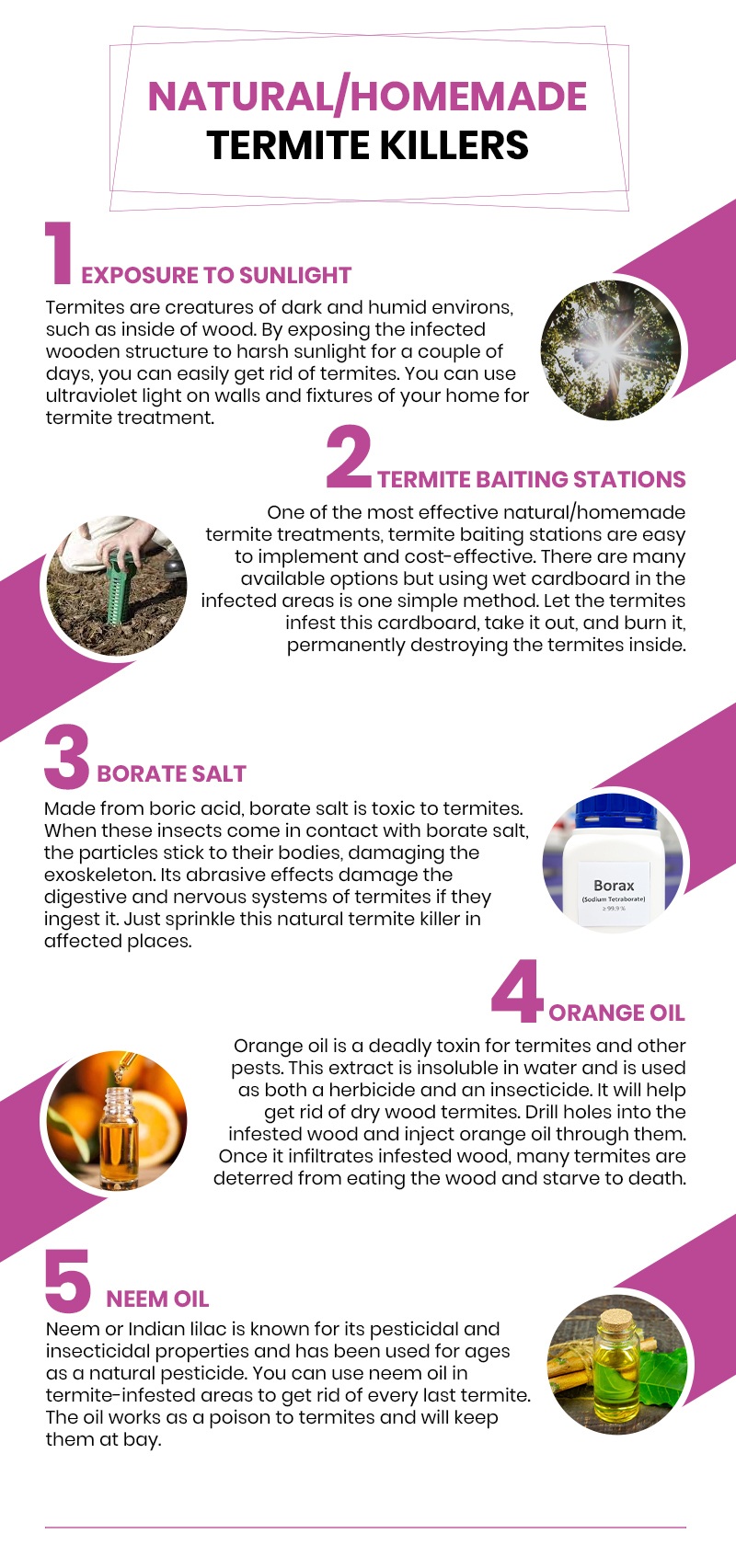
Using Pesticides (Chemicals)
If your home has an extensive termite infestation, you can use pesticides. The pesticides used for termite prevention or treatment are called termiticides, and the application of these chemicals must be performed by a trained and certified professional. There are several termite killers on the market that include liquid termiticide, baits, and direct chemical treatments. Here are the five most effective options.
- Taurus SC: It is the most popular termite treatment through the use of chemicals. It is effective in killing termites and other pesky pests. Taurus SC works within three months and lasts up to a decade. You can hire a professional to apply this highly concentrated termiticide in infested areas and kill the insects at the source.
- Bifen XTA: This oil-based termiticide is fast-acting and can give results within a day. It kills many types of wood-eating pests and can last up to three months. However, this treatment is not recommended for indoor use as it can have a strong odor. While spraying it outdoors, you have to be careful so it won’t harm your garden.
- Spectracide Terminate: It is the best bait system for termite treatment. The system is easy to install and detects termite activity. Spectracide Terminate comes with 15 stakes with pesticide-filled baits. You can place stakes 10 feet apart around your home. Check them every few months and replace them once a year to keep termites away.
- Termidor Foam: It is the best direct chemical treatment and can be used both indoors and outdoors. You can use it in cracks and crevices around the house where termites may be hiding. As the foam expands up to 30 times in volume once released from the can, it can reach into hard-to-reach corners and get rid of termites.
- BioAdvanced Termite Killer: This easy-to-use termite killer is the best option if you want to perform the termite treatment yourself. It works within a month and lasts up to several months. As it is made of granules, you can simply sprinkle them around the home and water them until they are moist, causing them to disintegrate. Where it is harmless to humans, it is a brilliant termite killer.
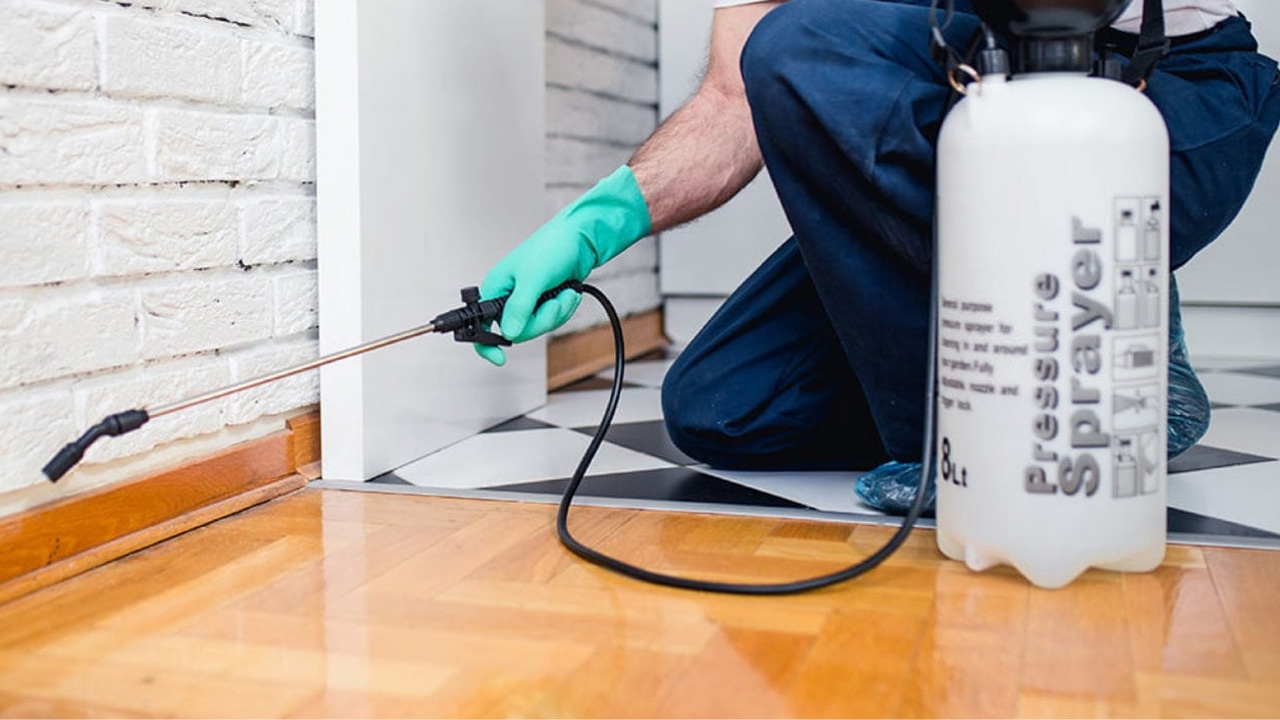
How do You Know Termites are Gone?
While most termite treatments will last for several months, you must check for termites once the treatment is done to ensure they are gone. The easiest way to know if termites are gone is to check for mud tubes, crack them open and look for any signs of the pests. You can also look for droppings and wings, which will usually be present after treatment. Make note if they are the remains of an old infestation or the sign of a new termite colony.
Do Termites Come Back After Treatment?
Unfortunately, termites can come back after treatment. However, their return depends on the type of termite treatment your house has received in the past. This does not mean that the treatment wasn’t effective. There are many reasons why termites come back post-treatment.
To keep this from happening, you need to create a barrier around your home to deter termites from returning once your termite problem has been treated. You can also conduct regular inspections to ensure the pest haven’t returned. If the problem recurs, you can contact pest control professionals to tackle the issue.
Follow Homecrux on Google News!




